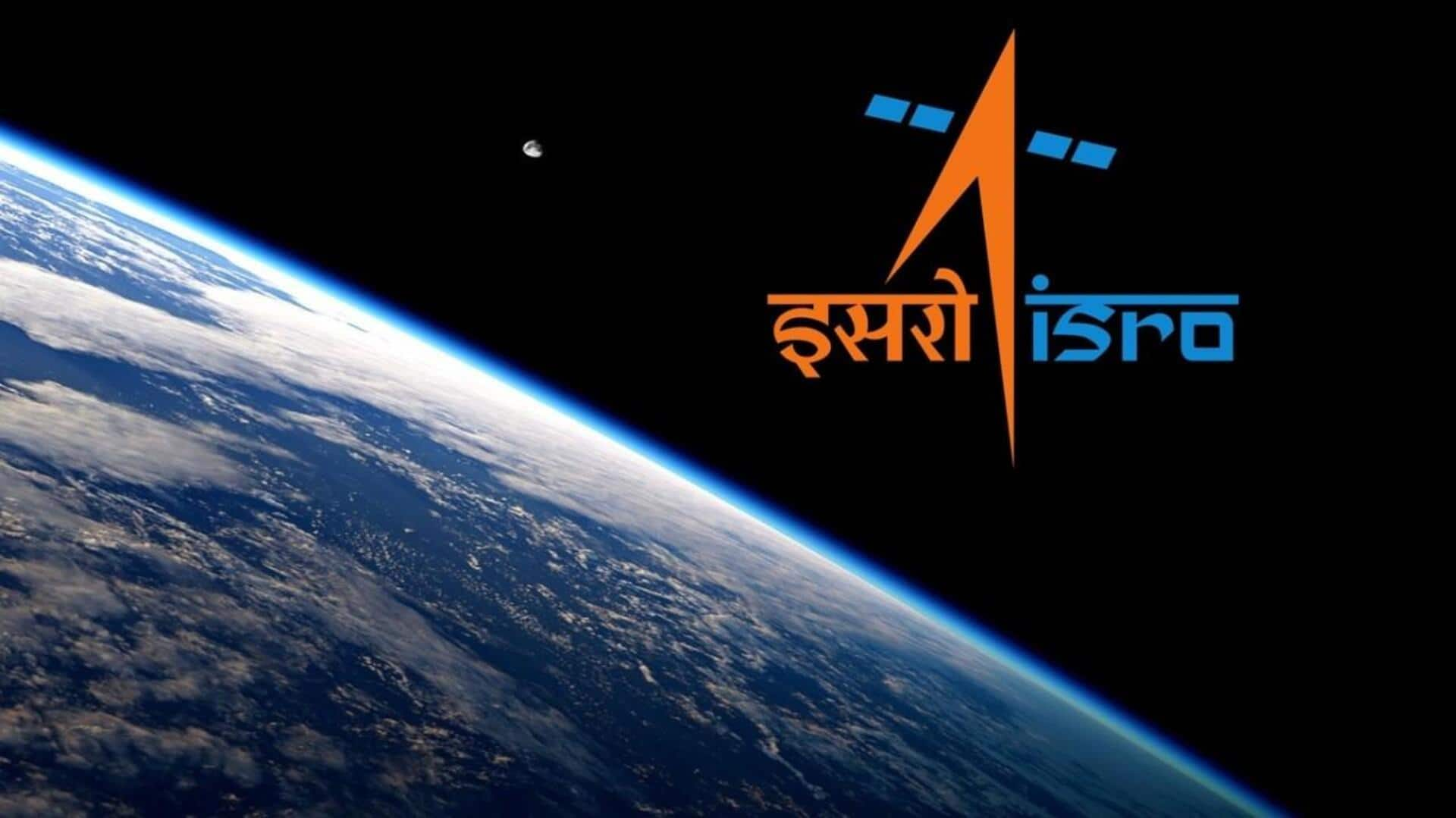
Robots to operate Indian space station before astronauts arrive: ISRO
What's the story
The Indian government has approved the Indian Space Research Organisation's (ISRO) proposal to launch its own space station, the Bharatiya Antariksh Station, by 2035. The design modules for this ambitious project are currently under review. Once operational, the space station will initially be managed by robots before being inhabited by Indian astronauts, as revealed by ISRO Chairman Dr. S Somanath, in an interview with CNN-News18.
Robotic phase
Robotic approach to space station operations
Somanath explained that the initial phase of the space station's operation will be primarily robotic. "We are planning it'll be more robotic in nature because most of the work is done by robots now," he said. This strategy allows for experimentation in a unique micro-gravity environment, before transitioning to manned missions. After this phase, regular missions with astronauts will commence, marking a significant milestone in India's space exploration journey.
Venus exploration
ISRO's upcoming Venus orbiter mission
ISRO is also planning a Venus orbiter mission by 2028. This mission presents unique challenges due to Venus's thick atmosphere and high atmospheric pressure. "Probing that atmosphere is not easy and no one till now has seen the surface of Venus because it has such a thick cloud around it along with pressure," Dr. Somanath stated. The goal of this mission is to place a satellite in orbit around Venus, send a probe into its atmosphere, and conduct measurements.
Mission update
Gaganyaan mission remains unaffected by Starliner incident
The ISRO chief confirmed that the recent incident involving Boeing's Starliner, which left two astronauts stranded at the International Space Station (ISS), has not impacted India's Gaganyaan plans. However, he did acknowledge some delays in the Gaganyaan mission due to a preference for indigenous technology and manufacturing. "Gaganyaan is going as planned but there is some delay, primarily because of the technology complexity," he said.
Lunar ambitions
Future missions to build capacity for lunar exploration
Somanath also outlined ISRO's future missions, including Chandrayaan-4 and the development of a New Generation Launch Vehicle (NGLV). These missions are part of India's capacity-building efforts for a manned mission to the lunar surface in 2040, and establishing a permanent habitat on the Moon thereafter. The NGLV will increase current launch vehicles' carrying capacity from 10 tons to 30 tons, significantly enhancing India's space exploration capabilities.